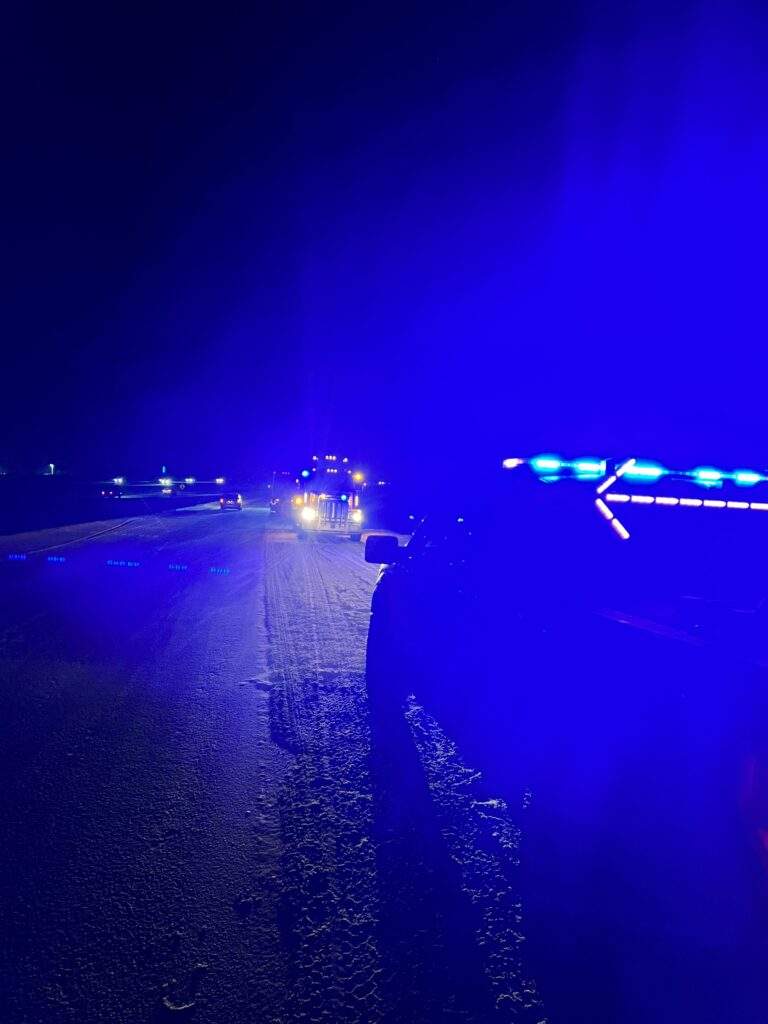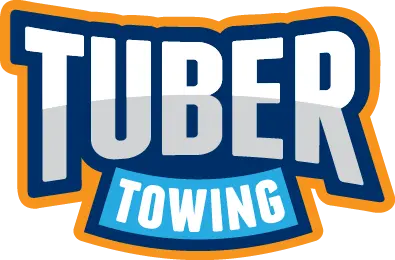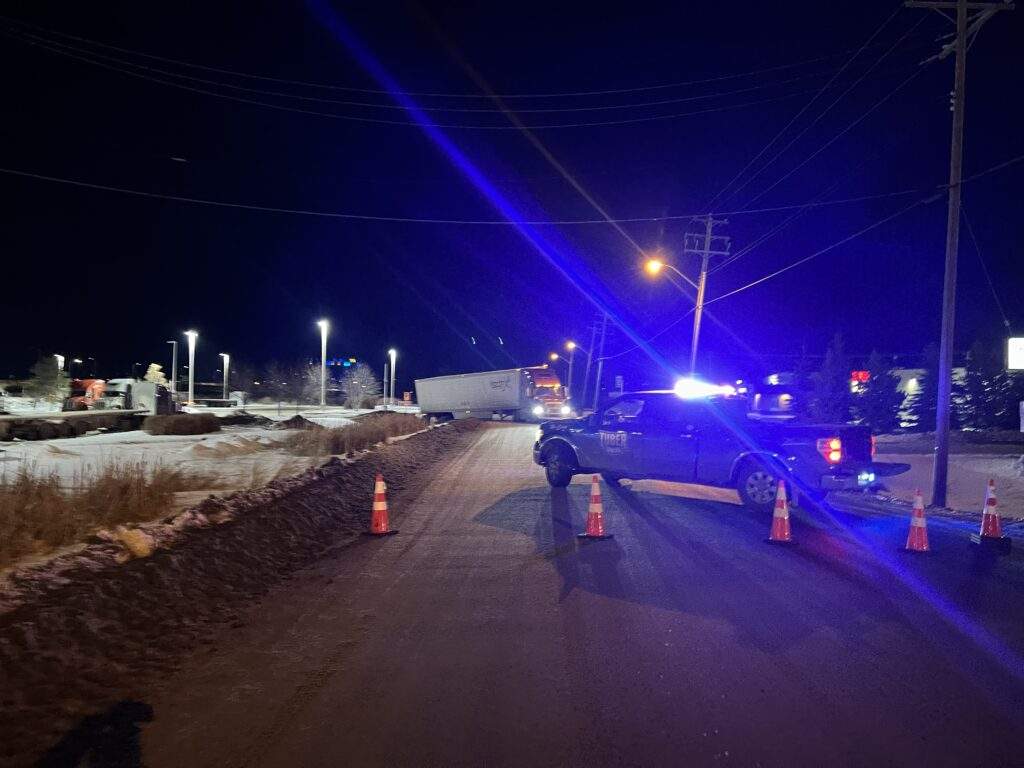Blue Light Pilot Exemption Extended in Alberta: A Positive Step Towards Tow Truck Safety
Introduction:
Tuber Towing is excited to share the news that the Blue Light Pilot Exemption in Alberta has been extended until February 2028. This extension reflects the government’s continued support for using blue lights on tow trucks to improve roadside safety. In this blog post, we will discuss the benefits of blue lights and share additional recommendations to further enhance the safety of tow truck operators and customers at the roadside.
We provided a couple of updates when the exemption was first posted and again when it was amended. Here we are, amended again and even more blue on Tuber Trucks.
Updated Exemption can be found here: Feb 2023 Exemption Update
Blue Light Pilot Exemption: A Promising Update
Since Tuber Towing began implementing blue lights on our tow trucks, we have observed a positive impact on the speed of oncoming vehicles, particularly when our traffic units are supporting highway tow operations. More than half of our fleet now features blue lights, and we are continually evaluating their effectiveness.
They have extended the pilot an additional FIVE YEARS. This will provide more time to evaluate the impact these lights may have on our safety. We applaud the Alberta Government for making this decision!
While blue lights have proven to be valuable in many situations, they are not a one-size-fits-all solution for tow truck safety. We believe that a multi-faceted approach is necessary to ensure the well-being of our operators and customers. Here are some additional recommendations to bolster roadside safety:
-
Traffic Control by Towing Companies
Effective traffic control is essential for maintaining safety during roadside assistance and towing operations. Towing companies should invest in proper traffic management equipment, such as cones, signs, and safety vests, to help control the flow of traffic around the incident area. By guiding traffic safely around the scene, the risk of accidents can be reduced.
Tied to this is effective process and procedures built within the company followed by formal and ongoing training to ensure the best practices are being followed. Many of the situations Tow Truck operators work in are constantly changing, very diverse and carry immense risk. It is important that Towing Companies recoginize this and take action to protect their teams!
-
Public Information and Education
Increasing public awareness about the risks faced by tow truck operators and the importance of safe driving on roadways where Tow Operators are working is crucial. Public information campaigns, social media outreach, and educational materials can help educate drivers about the proper way to approach and pass tow trucks working on the roadside. This can include reminders about existing laws, such as the “Slow Down, Move Over” law, and encouraging drivers to be more vigilant and respectful of tow truck operators.
An additional law will be implemented later this year forcing all those passing emergency vehicles (including tow trucks) will need to slow to 60km/h, not just those in the immediate lane next to the worker. This is another great step, but we have to continue bangingt he drum in the name of safety!
-
Enforcement by Police Agencies
Strong enforcement of traffic laws by police agencies is essential to ensure that drivers follow the rules and prioritize roadside safety. This can include monitoring the behavior of drivers around tow truck operators, issuing citations for violations, and working closely with towing companies to promote adherence to safety regulations.
Recenlty the Edmonton Police Service operated a pilot, Slow for the Tow, where they attended scene’s where Tow Operators were working to provide enforcement to those who were speeding past.
(CTV News Slow for Tow Article)
Conclusion:
The extension of the Blue Light Pilot Exemption in Alberta is a positive step towards enhancing tow truck safety, and Tuber Towing is encouraged by the government’s continued support. However, we recognize that blue lights are only part of the solution. By focusing on traffic control measures, public information and education, and strict enforcement by police agencies, we can work together to create a safer environment for tow truck operators and customers at the roadside.

